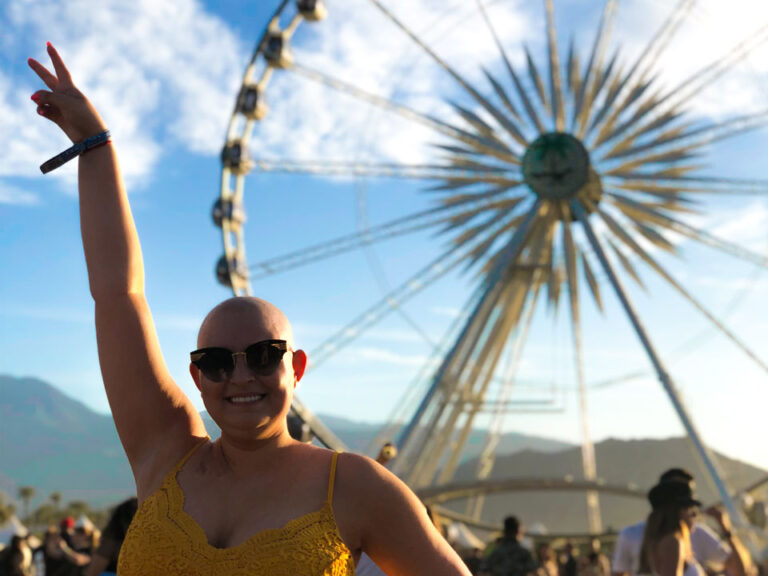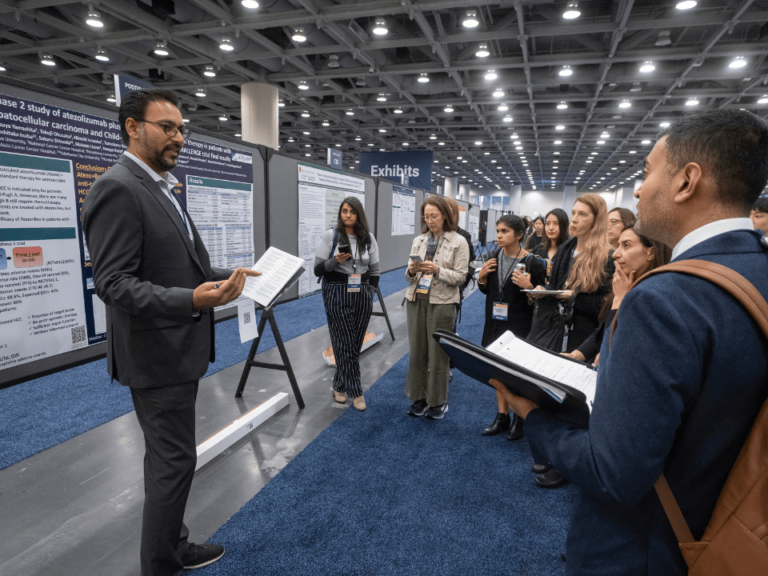

Radiation oncologist William Blackstock died from his long battle with prostate cancer June 18. He was 60.
Blackstock was the chair of radiation oncology at Wake Forest School of Medicine and director of the clinical research program at Wake Forest Baptist Medical Center’s Comprehensive Cancer Center.
The following obituary posted to the Cancer History Project by the American Society of Clinical Oncology commemorates his life and contributions to the field of oncology.
An obituary authored by Ruben Mesa, executive director of Atrium Health Wake Forest Baptist Comprehensive Cancer Center and president of Atrium Health Levine Cancer, and Jenny Kim, associate director of administration at Atrium Health Wake Forest Baptist Comprehensive Cancer Center, appears here.
- ASCO Remembers Former Board of Directors Member and Radiation Oncologist Dr. A. William Blackstock Jr.
By ASCO | June 29, 2023
ASCO is deeply saddened by the death of A. William Blackstock Jr., MD, FASCO, who served on the Society’s Board of Directors from 2018 to 2022. Dr. Blackstock passed away on June 18, 2023, due to complications from prostate cancer; he was 60.
“We mourn the passing of a friend and colleague who combined wisdom and humor to advance science and cancer care for all. Always, with a knowing twinkle in his eye, he would share the one story or ask the key question that clarified the issue at hand and helped everyone see the solution with absolute clarity,” said ASCO CEO Clifford A. Hudis, MD, FACP, FASCO.
At the time of his passing, Dr. Blackstock was chair of and a professor in the Department of Radiation Oncology at Atrium Health Wake Forest Baptist; colleagues and loved ones noted that he was one of the first African American chairs in the field. He was active in clinical research, both within the cooperative group system and at his institution.
In addition to his service on the ASCO Board of Directors, Dr. Blackstock was a dedicated volunteer from the time he joined the Society in 1999. He served on the Grants Selection Committee, the Cancer Communications Committee, the Health Disparities Advisory Group, on the editorial board of the Journal of Clinical Oncology, as track leader for the ASCO Annual Meeting Program Committee, and as chair of the Membership Committee, among numerous roles.
Read more on the Cancer History Project.
Judy Karp’s, Paula Pitha-Rowe’s contributions to Johns Hopkins Kimmel Cancer Center


- Podcast: 50th Anniversary of the Johns Hopkins Kimmel Cancer Center Podcast Series – Female Pioneers
By Johns Hopkins Kimmel Cancer Center | June 28, 2023
In this podcast reviewing the history of the cancer center at Johns Hopkins, Bill Nelson and Elizabeth Jaffee highlight some the first women to make significant contributions to the cancer center, including Judy Karp and Paula Pitha-Rowe, as well as pointing out the obstacles they were forced to overcome.
This column features the latest posts to the Cancer History Project by our growing list of contributors.
The Cancer History Project is a free, web-based, collaborative resource intended to mark the 50th anniversary of the National Cancer Act and designed to continue in perpetuity. The objective is to assemble a robust collection of historical documents and make them freely available.
Access to the Cancer History Project is open to the public at CancerHistoryProject.com. You can also follow us on Twitter at @CancerHistProj, or follow our podcast.
Is your institution a contributor to the Cancer History Project? Eligible institutions include cancer centers, advocacy groups, professional societies, pharmaceutical companies, and key organizations in oncology.
To apply to become a contributor, please contact admin@cancerhistoryproject.com.









